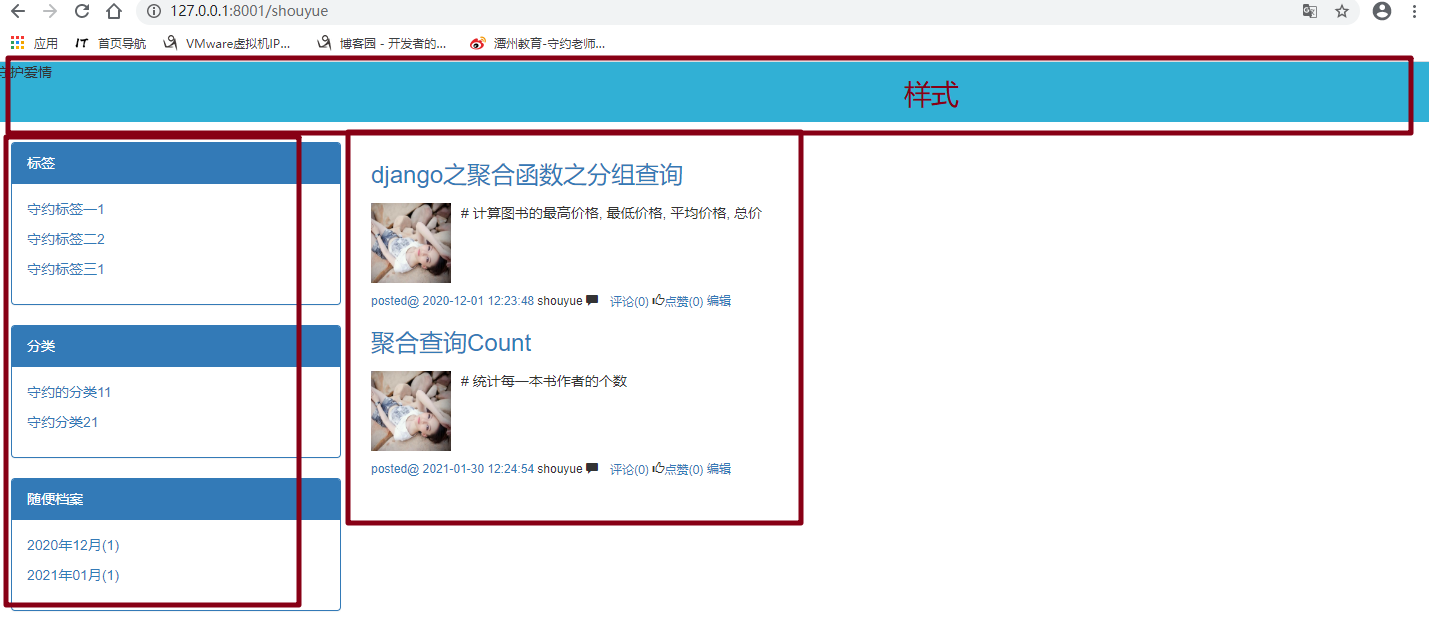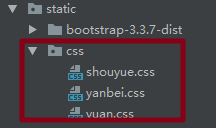47.个人站点user_blog.html

1.路由
思路username/category或tag或archive/id
1 | url(r'^(?P<username>[\w]+)/(?P<condition>category|tag|archive)/(?P<param>.*)',views.user_blog), # 放到最后 |
2.视图函数
1 | def logout(request): |
3.个人博客不同的样式

4.user_blog
1 |
|
争做长沙别墅豪装第一品牌

思路username/category或tag或archive/id
1 | url(r'^(?P<username>[\w]+)/(?P<condition>category|tag|archive)/(?P<param>.*)',views.user_blog), # 放到最后 |
1 | def logout(request): |

1 | <!DOCTYPE html> |


微信支付

支付宝